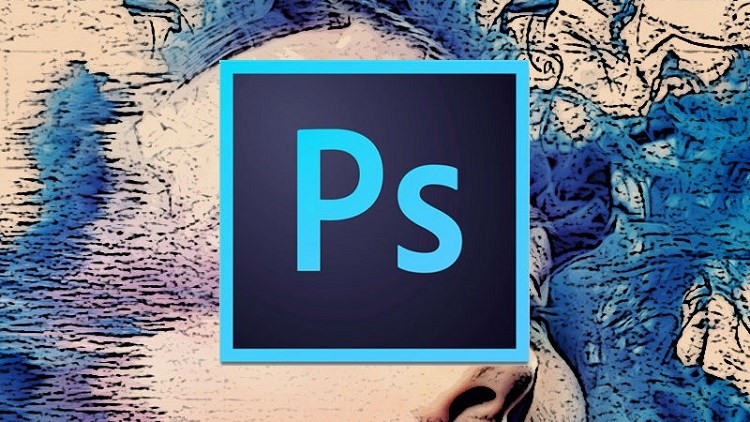
The complete photoshop course. Become a photoshop master from scratch.
What you will learn
Basics
Working With Images
How To Save Image
Working With Different Tools
Working With Layers
Description
Phoshop is an extremely powerful software for photo editing, enhancing, and manipulation software. It is also highly recommended and used for digital painting, animation, and creating other graphic designs. You can create raster images in the form of layers, mask images and use alpha compositing technology. You can also edit images in batches. In short, it gives you enormous features to be as creative as you could get. Photoshop is offered by Adobe, an American multinational software company. Adobe Photoshop is the most professional software for images and is accepted as the industry standard.
If you’ve always wanted to learn the basics of Photoshop for creating and editing images, this Photoshop Introduction course is for you!Your new skills will allow you to navigate the interface, understand essential tools and encourage creativity in your own business or artistic projects.This Course is for everybody that wants to learn about Adobe Photoshop, especially begginers. In it, I’ll teach you about the panels, menus, artboard, basic tools that I use (move tool, tools that I used to select, etc.), how to pick colors, about the liquify and, finally, about how masks work. If you are an advanced connoisseur of this software and still manages to learn one thing or two, then I gladly achieve my objetive.
Content